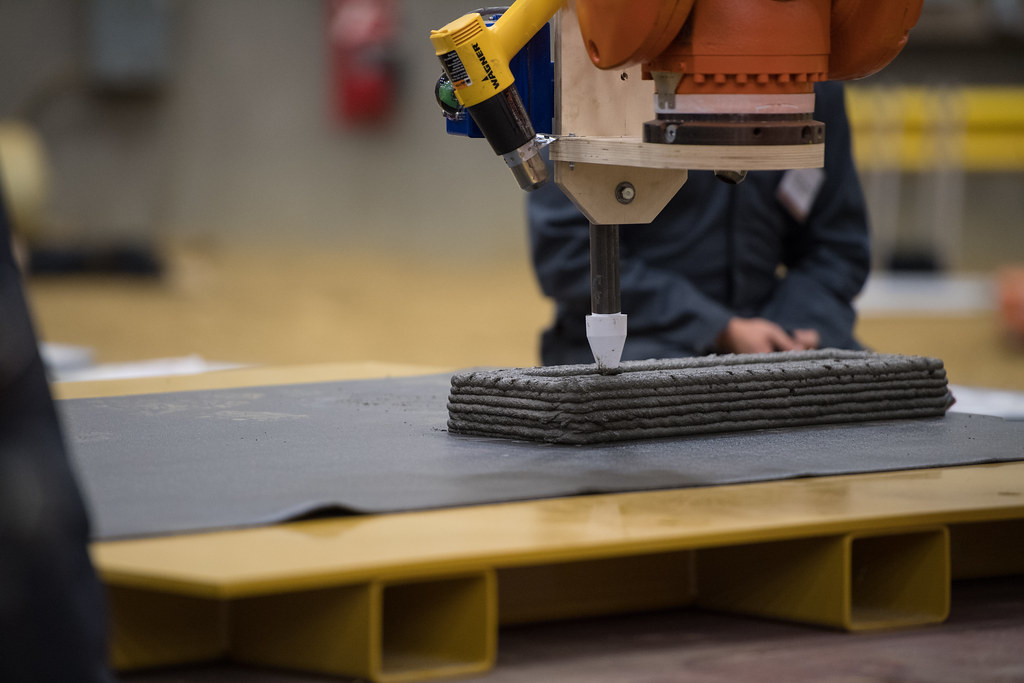
By: Yixin Bao
Starting in the 1980s, 3D printing or additive manufacturing arose and began to develop. Although the standard limitations that exist in current Intellectual Property (“IP”) law can be applied to 3D printing, there are still gaps in the legal profession that the courts need to address.
What is 3D printing?
3D printing produces 3-dimensional physical objects from digital templates through a variety of processes. This is normally done under computer control, with materials added together, such as plastic, metal, and others, typically layer by layer. As of 2020, after around 40 years of its initial development, 3D printing has become a more mature technique. 3D printers are now more affordable allowing the public to use 3D printing techniques in normal life. Consumers can easily find a low-cost 3D printer as cheap as a few hundred dollars.
3D Printing and IP Law
Today, there are more prosecutions and litigation over the use of intellectual property protection measures in the context of 3D printing. For example, Patent and Litigation Trends for 3D Printing Technologies published on IPLytics Platform found that the patent applications related to 3D printing continue to rise in the passing years, from around 2,000 in 2007 to over 20,000 in 2019. The good news is that the standard limitations that exist in current IP law can also be applied to 3D printing.
Patent protection, for example, plays a significant role. In the U.S., patents are a government-granted monopoly towards the inventor for a limited period of 20 years. As WIPO’s 2015 World Intellectual Property Report on Breakthrough Innovation and Economic Growth has shown, 3D printing companies are enforcing patents heavily. These include not only specialist 3D printing companies but also major manufacturing companies, such as GE and Siemens. One of the reasons why patent protection is an important strategy over 3D printing is that such protection covers a wide variety of objects, including printers, the components of such printers, the manufacturing processes, and the products. In addition, the industrial 3D printing sector does not solely rely on patent law in its protection strategy. Trade secrets, copyright, and trademark protections also play a role.
However, there are also questions that courts need to address when it comes to the 3D printing technique. Compared to the industrial sector where the protection is similar to the other manufacturing industries, 3D printing for non-commercial purposes seems to face several new challenges. One question raised by Elsa Malaty and Guilda Rostama published in World Intellectual Property Organization (“WIPO”) Magazine is who would own an object when it is conceived by one individual, digitally modeled by another, and printed by a third individual.
Why does it matter?
With the quality of 3D printing continuing to rise and the price continuing to drop, 3D printing is now more advanced and accessible, so it can be foreseen that 3D printing-related legal protections and disputes will only increase in the future. The challenges and opportunities will come after the earliest patents start to expire. The original owners would need to develop new patentable technologies to maintain those protections. The expiration will also present an opportunity for the Open Source Community.
IP law contributes enormously to national economies. Dozens of industries, including 3D printing, rely on the adequate enforcement of IP. On the other hand, consumers benefit from IP to ensure the quality of the products, such as 3D printers. This is especially important because the availability of low-cost, high-performance 3D printers has put the technology within reach of consumers.
At the same time, IP-related issues are only one legal aspect that 3D printing raises. During the use and application of this technique, other aspects of law will undoubtedly be implicated and will need to be resolved eventually.